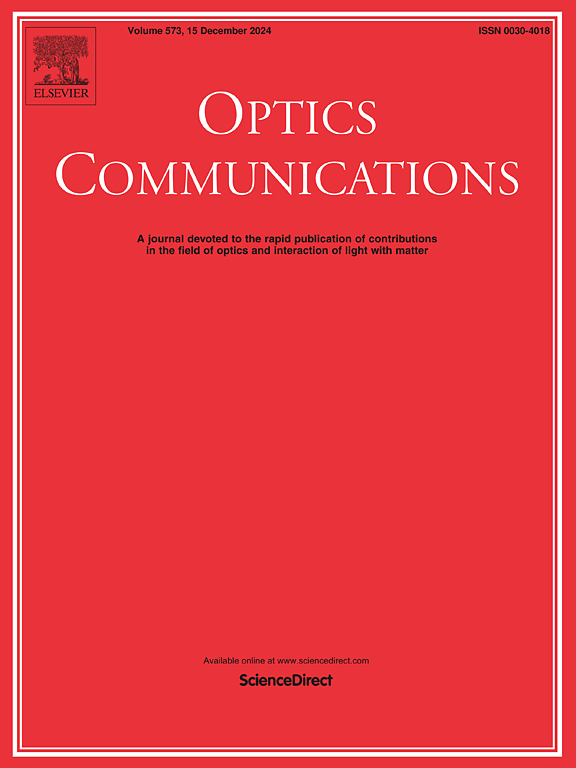A bandwidth allocation scheme based on GRU traffic prediction in passive optical networks
IF 2.2
3区 物理与天体物理
Q2 OPTICS
引用次数: 0
Abstract
With the advancement of information technology, network slicing technology has emerged as a viable solution for ensuring Quality of Service (QoS) in optical access networks. Current research is increasingly focusing on the integration of optical access networks with network slicing technologies. This paper proposes a bandwidth allocation scheme based on traffic prediction, specifically designed for resource management in optical network slicing scenarios. The scheme employs a Gated Recurrent Unit (GRU) neural network model to forecast future traffic, and combines bandwidth and latency factors to allocate bandwidth to each slice based on predicted values, thereby meeting the QoS requirements of various services. Simulation results indicate that, compared to the baseline algorithm, the proposed scheme achieved a 35.42% increase in Explaining Variance Score (EVS) and a 38.16% improvement in R2 score for factory slicing prediction. Similarly, for data center slicing prediction, the EVS score increased by 32.29% and the R2 score improved by 41.96%. In terms of performance metrics such as latency, packet loss rate, and throughput, the proposed algorithm outperforms both traditional prediction algorithms and the baseline algorithm.
无源光网络中基于 GRU 流量预测的带宽分配方案
随着信息技术的发展,网络切片技术已成为确保光接入网服务质量(QoS)的可行解决方案。目前的研究越来越关注光接入网络与网络切片技术的整合。本文提出了一种基于流量预测的带宽分配方案,专门用于光网络切片方案中的资源管理。该方案采用门控递归单元(GRU)神经网络模型预测未来流量,并结合带宽和延迟因素,根据预测值为每个切片分配带宽,从而满足各种服务的 QoS 要求。仿真结果表明,与基线算法相比,在工厂切片预测方面,拟议方案的解释方差得分(EVS)提高了 35.42%,R2 得分提高了 38.16%。同样,在数据中心切片预测方面,EVS 得分提高了 32.29%,R2 得分提高了 41.96%。就延迟、丢包率和吞吐量等性能指标而言,所提出的算法优于传统预测算法和基线算法。
本文章由计算机程序翻译,如有差异,请以英文原文为准。
求助全文
约1分钟内获得全文
求助全文
来源期刊

Optics Communications
物理-光学
CiteScore
5.10
自引率
8.30%
发文量
681
审稿时长
38 days
期刊介绍:
Optics Communications invites original and timely contributions containing new results in various fields of optics and photonics. The journal considers theoretical and experimental research in areas ranging from the fundamental properties of light to technological applications. Topics covered include classical and quantum optics, optical physics and light-matter interactions, lasers, imaging, guided-wave optics and optical information processing. Manuscripts should offer clear evidence of novelty and significance. Papers concentrating on mathematical and computational issues, with limited connection to optics, are not suitable for publication in the Journal. Similarly, small technical advances, or papers concerned only with engineering applications or issues of materials science fall outside the journal scope.
 求助内容:
求助内容: 应助结果提醒方式:
应助结果提醒方式:


